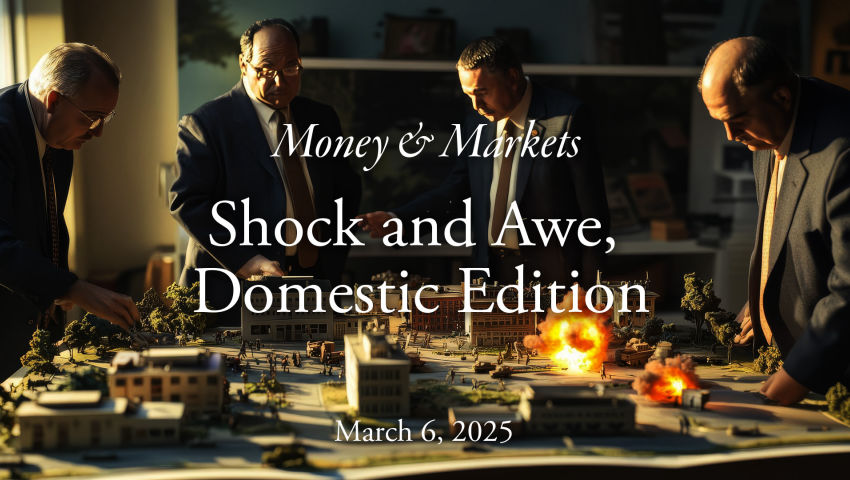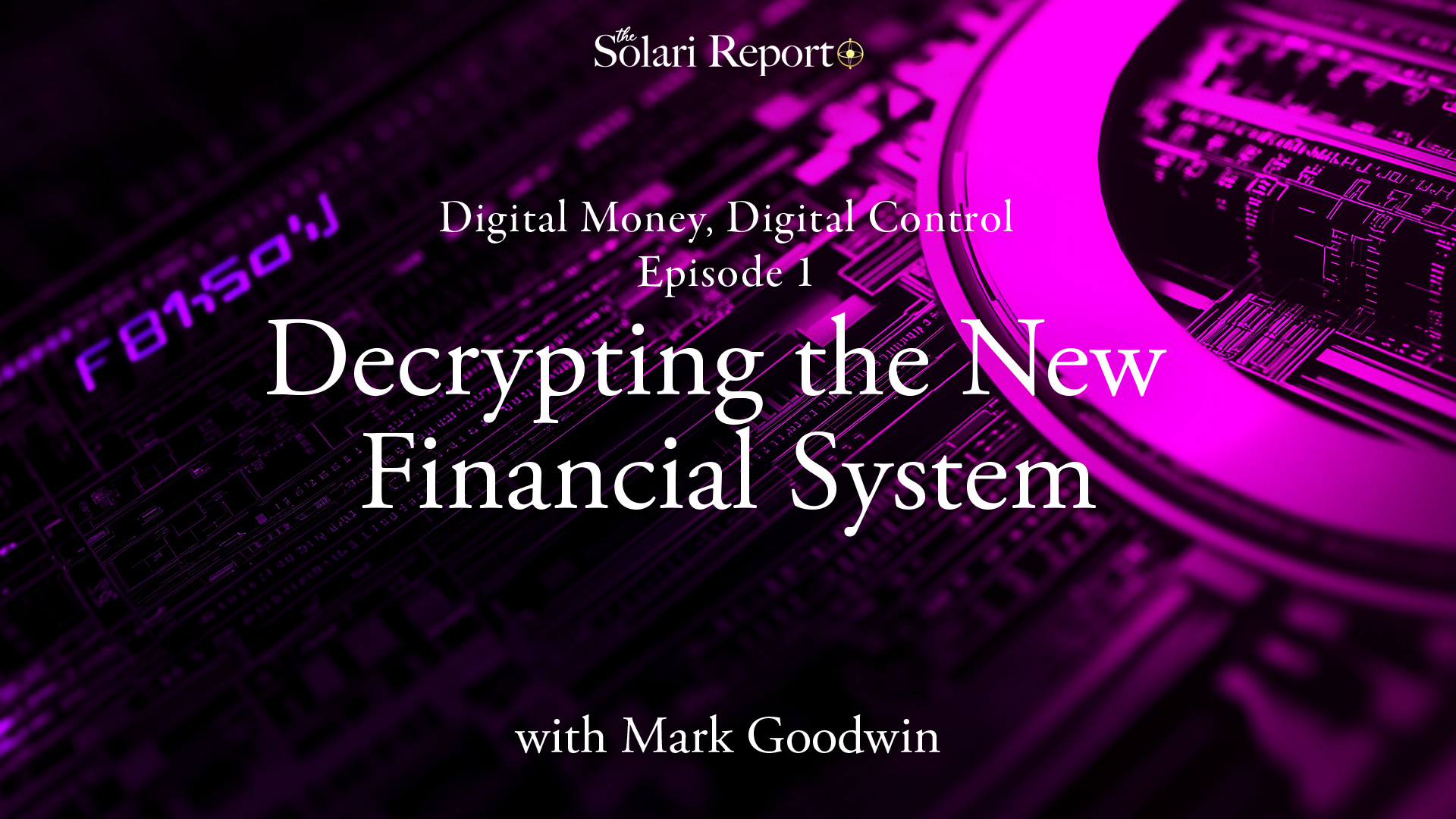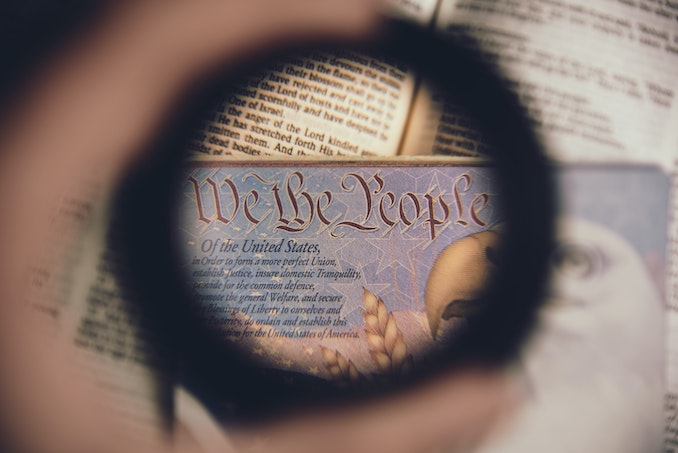A Short Preview:
Full Video:
Listen to the MP3 audio file
Transcript:
Read the PDF of: Spiritual Science in the Present Age Series: World Economy with Thomas H. Meyer
“For you must imagine the economic process, considered even as a world-economy, as a thing of perpetual movement.”
~ Rudolf Steiner
By Catherine Austin Fitts
In this installment of Spiritual Science in the Present Age, Thomas H. Meyer discusses the topic of the “world economy.” He notes that the term was first coined by British economist Alfred Marshall in 1879, the same year, according to Rudolf Steiner, that launched a new epoch of the Archangel Michael.
One of the pivotal figures who, in the last century, laid the groundwork for a sound world economy was the visionary anthroposophist D.N. Dunlop. Born in Scotland, Dunlop rubbed elbows and developed close personal relationships with influential thinkers like W.B. Yeats and, later on, Steiner. Dunlop and Steiner conceived of a world economy based on cooperation and brotherhood with brotherhood being one of the pillars of the threefold social order.
After ending up in London, Dunlop played an important role in the development of the British electrical industry and helped found the British Electrical and Allied Manufacturers’ Association. In 1924, he organized the first World Power Conference—an event with considerable cachet thanks to an endorsement and introduction by the Prince of Wales. (The politically neutral organization still exists today under the name of the World Energy Council.)
In our current age of “extreme egotism”—with an economy run by self-interested global elites and superfluous but dangerous institutions like NATO, the World Economic Forum, and the Hill+Knowlton-guided World Health Organization—achieving a meaningful world economy is admittedly challenging. As Thomas Meyer shows, however, Dunlop and others planted seeds that could germinate with proper encouragement.
Related Resources:
World Economy by Rudolf Steiner
D.N. Dunlop: A Man of Our Time by T.H. Meyer
The earth as a basis of World Economy by W.J. Stein
History of the World Energy Congress
Spiritual Science Academy:
Spiritual Science Academy website
About the Spiritual Science in the Present Age Series












I need help in understanding how I find the article/pages on The earth as a star among stars. I have listened but not clear on what link I need to access. If you can let me know. Thank you Penelope
A wonderful listen and appreciated.
Thank you Catherine for sharing your friend Thomas Meyer with us. This Spiritual Science Series is amazing. Such an enrichment to my life and the lives of our boys. Solari makes a great homeschool companion. : )
Our tiny valiant study group read Meyer’s biography DN Dunlop and appreciated knowing more about him. Steiner did have real colleagues.
Thank you for bring Thomas into our lives. He is a wealth of knowledge although opinionated; he provides a very unique view of many areas.
It is a crying shame of all the wasted resources on wars vs culture enlightenment. I am about to be 60 and lived in the South USA and have had no desire to go overseas until joining Solari. Catherine continues to introduce individual’s from other countries and their culture. Makes me think that I should go overseas and visit. 🙂
Where has Thomas been??!! Thank goodness – finally – another cherished installment ?
Yahoo, I glean nuggets from each of Thomas’ contributions as well as the Metanoia Series we have with Junious Ricardo Stanton (recent one had a ballpark homer in it) Oh My Soul…
I was glad to learn about Dunlop. I had never heard of him before, so thank you.
I was however much disappointed by how Thomas classified Germans as not being as interested in producing elegant products as the French or British.
Who would say that a German Steinway grand piano is not a combination of craftsmanship and elegance of the first magnitude?
Would anyone call Bach, Handel or Telemann second rate elegance?
What about Meissen – the gold standard in porcelain for setting an elegant table?
WMF and Braun brought elegant design to everyday items.
Thomas talked about the elegance of French cars. Of course it is a matter of taste, but In comparison to the German Horch, the Citroen Thomas refers to is more of a belle laide than anything truly elegant.
In terms of fashion, Karl Lagerfeld, Jill Sander, Escada and Hugo Boss to name a few can certainly hold their own against their French or Italian counterparts.
As to leather goods, Mädler is just as elegant as Louis Vuitton or Hermes, if not more so.
Although now part of the Swiss Richemont Group, German Montblanc pens are used at elegant signing ceremonies throughout the world.
Going back further in time, who cannot appreciate the elegance of the Gutenberg Bible? A French equivalent does not come to mind.
In my opinion, Uta von Naumburg is the epitome of elegance.
If one looks at the 30 largest French companies, elegance is not France’s main export. Only 2 are involved in fashion. The rest – the vast majority – are involved in energy, technology, banking, pharmaceuticals, automobiles etc.
https://en.wikipedia.org/wiki/List_of_largest_French_companies
An article “Vintage Wine” in the Spring 2019 issue of ‘VivArt’ tells how before WWI German wine was more popular than French wine, and German wine was more expensive than wine from Bordeaux. A massive PR campaign and anti-German sentiment pushed French wine to the fore. Before that, Tokay (from Hungary) was Queen Victoria’s favourite, and Tokay rather than French wine was served on special occasions at the royal tables throughout Europe, from Versailles to the court of Tsar Nicholas II.
Let’s try to get away from repeating stereotypes which simply aren’t true, just as Switzerland is not the peaceful Alpine paradise of chocolate and watches it is made out to be but rather is the home to a multitude of nasty companies and nefarious organisations with sovereign immunity.